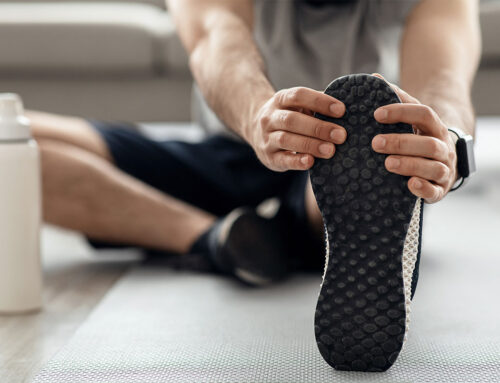Sports rehab is a specialized form of physical therapy that focuses on the prevention, evaluation, and treatment of sports-related injuries. It involves a variety of techniques that are designed to help athletes recover from injuries sustained during sports activities and improve their overall athletic performance. Here is a detailed overview of the techniques used in sports rehab:
Manual Therapy
This technique involves hands-on mobilization, manipulation, and massage of the soft tissues and joints to reduce pain, improve range of motion, and promote healing. Manual therapy can include techniques such as myofascial release, trigger point therapy, joint mobilization, and soft tissue mobilization.
Myofascial release involves applying sustained pressure to the myofascial connective tissue to relieve pain and improve range of motion. Trigger point therapy targets specific points in the muscles that are painful or tight and uses manual pressure to release them. Joint mobilization uses gentle movements to improve joint mobility, while soft tissue mobilization is used to reduce muscle tension and improve tissue function.
Therapeutic Exercise
This technique involves specific exercises that are designed to improve strength, flexibility, and endurance in the affected area. Therapeutic exercises can include stretching, strengthening, and cardiorespiratory exercises.
Stretching exercises involve gently lengthening muscles to improve flexibility and range of motion. Strengthening exercises target specific muscles and help improve muscle function and endurance. Cardiorespiratory exercises such as running, cycling, or swimming help improve overall cardiovascular fitness.
Modalities
Modalities are techniques used to reduce pain and inflammation, improve circulation, and promote healing. Some common modalities used in sports rehab include:
- Hot and Cold Therapy: This involves the use of heat or cold to reduce pain and inflammation. Heat therapy can help improve circulation and reduce muscle tension, while cold therapy can help reduce swelling and numb pain.
- Electrical Stimulation: This technique involves the use of electrical currents to stimulate the affected muscles and reduce pain.
- Ultrasound: This technique uses high-frequency sound waves to improve circulation and promote healing in the affected area.
Functional Training
This technique involves training athletes to perform movements specific to their sport or activity. The goal is to help athletes return to their sport or activity safely and at their previous level of performance.
Functional training involves exercises that mimic the movements of the sport or activity, such as jumping, cutting, and sprinting. The goal is to improve muscle function, coordination, and balance to prevent future injuries.
Neuromuscular Re-education
This technique is used to help athletes regain control and coordination of their muscles. It can be helpful for athletes recovering from neurological injuries or conditions.
Neuromuscular re-education involves exercises that help the brain relearn how to communicate with the affected muscles. This can help improve muscle function, coordination, and balance.
Taping and Bracing
Taping and bracing techniques are used to provide support and stability to injured joints or muscles. They can help reduce pain and prevent further injury during recovery.
Taping and bracing can be used to support the affected area and reduce pain during activities such as running or jumping. They can also help prevent further injury during recovery.
Education and Injury Prevention
Sports rehab also includes education on injury prevention techniques, such as proper warm-up and cool-down routines, as well as advice on proper nutrition and hydration to support athletic performance and recovery.
In conclusion, sports rehab is a complex and multifaceted field that involves a range of techniques designed to help athletes recover from sports-related injuries and improve their overall athletic performance. From manual therapy and therapeutic exercise to modalities and injury prevention education, the techniques used in sports rehab are customized to the




